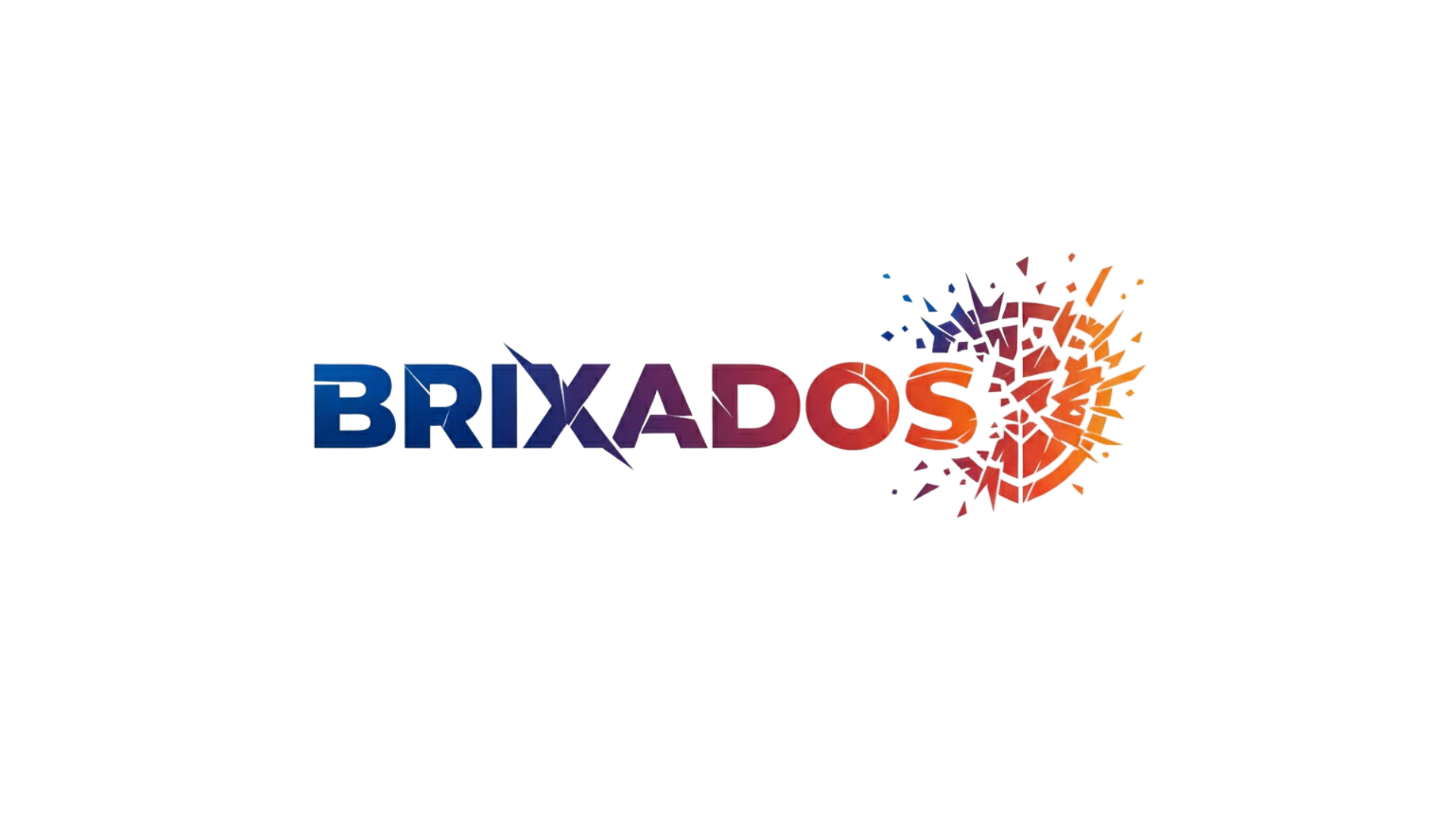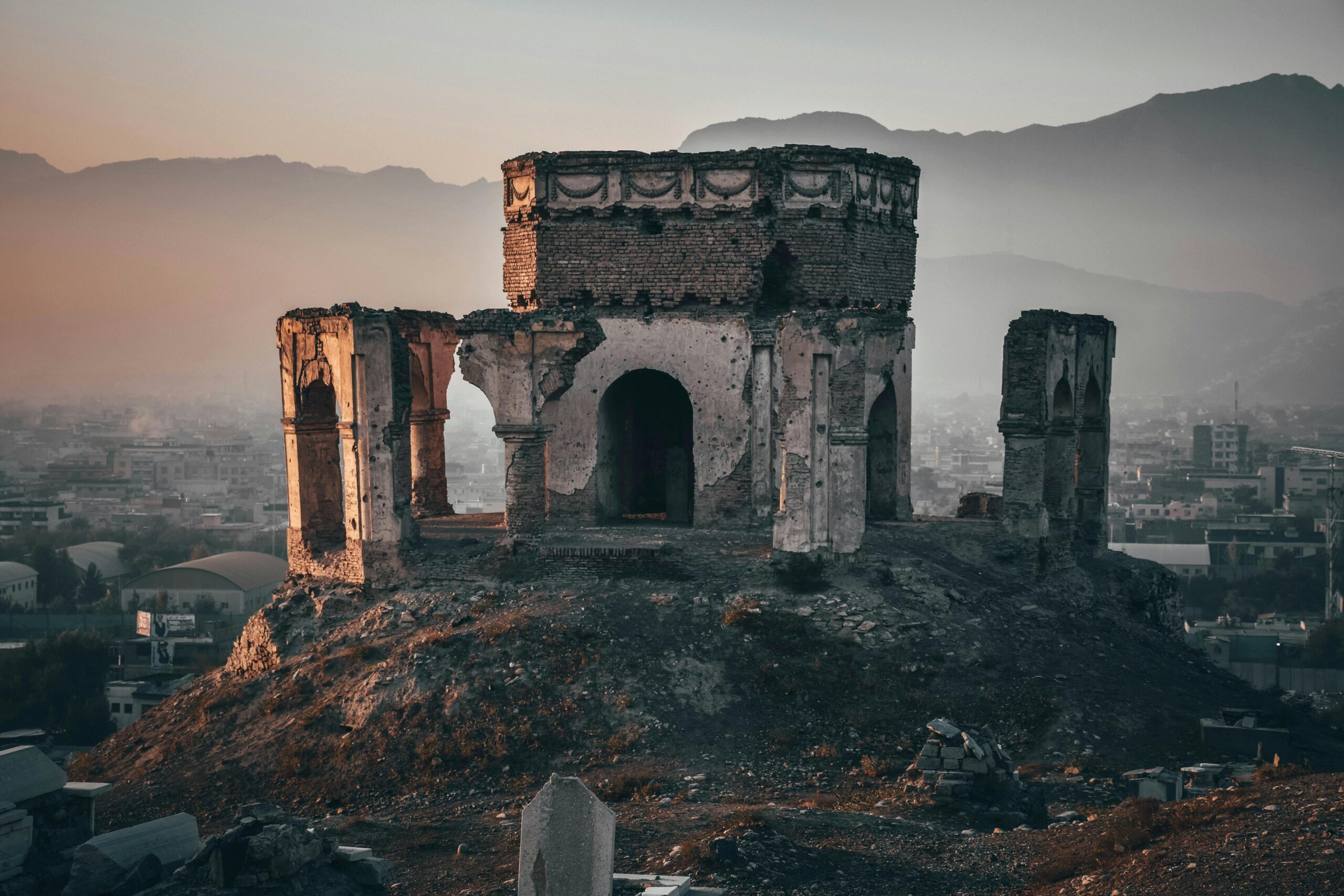Throughout human history, the concept of rebirth has captivated civilizations, offering hope, meaning, and profound wisdom that continues to resonate in our modern world.
🌅 The Eternal Cycle: Why Resurrection Myths Matter Today
Ancient resurrection myths aren’t merely stories from dusty scrolls or forgotten temples. They represent humanity’s deepest attempts to understand life’s greatest mysteries: death, renewal, and transformation. These narratives have shaped religions, influenced art, and provided psychological frameworks that remain remarkably relevant in our contemporary quest for meaning and personal growth.
The power of rebirth mythology lies in its universality. From the banks of the Nile to the mountains of Greece, from Mesopotamian ziggurats to Nordic forests, cultures separated by vast distances and centuries developed strikingly similar narratives about gods and heroes who died and returned to life. This convergence suggests something fundamental about the human psyche and our relationship with cycles of change.
The Phoenix Rising: Transformation Through Destruction
The phoenix, perhaps the most iconic symbol of resurrection, offers profound lessons about transformation. This mythical bird, which dies in flames only to rise renewed from its own ashes, embodies the principle that endings are often necessary precursors to new beginnings. The phoenix doesn’t simply survive—it is reborn stronger, purified by fire.
Ancient Egyptian texts describe the Bennu bird, the likely inspiration for the Greek phoenix, as a symbol of the sun god Ra’s daily rebirth. Each dawn represented a cosmic resurrection, a promise that darkness would always give way to light. This daily miracle provided reassurance that cycles of renewal were built into the very fabric of existence.
The wisdom here extends beyond mere optimism. The phoenix myth teaches that transformation often requires the complete dissolution of old forms. We cannot carry everything from our past into our future. Sometimes, we must let parts of ourselves burn away to make room for who we’re becoming.
🌾 Seasonal Gods: Nature’s Blueprint for Personal Renewal
Many ancient cultures personified the agricultural cycle through dying and rising gods. These deities experienced death during harvest or winter, only to return with spring’s renewal, ensuring crops would grow again and life would continue.
Osiris: The Egyptian Lord of Resurrection
Osiris, murdered by his brother Set and dismembered into fourteen pieces, was reassembled by his devoted wife Isis. Though he couldn’t return to the land of the living, Osiris became lord of the underworld and judge of the dead. His story established the Egyptian belief in the afterlife and the possibility of eternal existence beyond physical death.
The Osiris myth contains layered wisdom. His fragmentation and reassembly mirror the psychological process of healing from trauma—collecting scattered pieces of ourselves and integrating them into a new whole. The myth acknowledges that resurrection doesn’t always mean returning to our previous state; sometimes it means finding new purpose in transformed circumstances.
Persephone: Embracing the Descent
The Greek goddess Persephone’s annual journey to the underworld and return to the surface world explained the seasons while offering profound psychological insights. Her abduction by Hades and subsequent arrangement—spending part of the year below and part above—represents the necessity of engaging with darkness as part of the life cycle.
Persephone’s myth teaches that growth requires us to descend into uncomfortable depths, confront shadow aspects of ourselves, and integrate these experiences. Her story validates that periods of withdrawal, introspection, or struggle aren’t failures but essential phases in personal development.
Death and Rebirth in Eastern Traditions 🔄
Eastern philosophies approached resurrection through the lens of cyclical time and reincarnation, offering different but complementary perspectives on renewal and transformation.
The Hindu Concept of Samsara
Hindu tradition presents existence as an endless cycle of birth, death, and rebirth. The soul (atman) transmigrates through multiple lifetimes, accumulating karma and gradually evolving toward moksha—liberation from the cycle itself. This framework views each life as an opportunity for learning and spiritual refinement.
Unlike Western resurrection myths that often feature a single, dramatic return to life, samsara presents renewal as continuous and inevitable. The wisdom here emphasizes that we are constantly dying and being reborn—not just across lifetimes, but moment to moment. Each breath, each thought, each choice creates a new version of ourselves.
Buddhist Perspectives on Impermanence
Buddhism’s approach to rebirth centers on understanding impermanence (anicca) and the illusion of a fixed self. The cycle of death and rebirth continues until one achieves nirvana through enlightenment. This tradition teaches that attachment to permanence causes suffering, while accepting constant change brings peace.
The Buddhist perspective offers practical wisdom for navigating modern life’s rapid transformations. By recognizing that everything is always in flux, we can approach endings with less fear and beginnings with less attachment, finding freedom in the continuous process of renewal itself.
⚡ The Hero’s Journey: Personal Resurrection as Universal Pattern
Joseph Campbell’s analysis of world mythology revealed that resurrection forms the climactic moment in the archetypal hero’s journey. The hero must undergo a symbolic death—a moment of absolute crisis, descent into darkness, or confrontation with mortality—before emerging transformed with gifts to share with their community.
This pattern appears in countless myths: Inanna’s descent to the underworld, Jonah in the whale’s belly, Christ’s crucifixion and resurrection, Odin’s self-sacrifice on Yggdrasil. Despite cultural differences, these stories share a common structure that mirrors psychological transformation.
The hero’s symbolic death represents the ego’s dissolution—the necessary release of outdated identities, beliefs, and patterns. The subsequent resurrection signifies integration of new wisdom, expansion of consciousness, and return to ordinary life with enhanced capabilities and understanding.
Alchemical Transformation: Spiritual Death and Rebirth
Medieval alchemy, while ostensibly focused on transmuting base metals into gold, encoded spiritual transformation processes using the language of chemical procedures. The alchemical motto “solve et coagula” (dissolve and coagulate) perfectly captures the resurrection process: breaking down existing structures and reforming them into something more refined.
The alchemical process included a stage called “nigredo” or blackening—a period of decomposition, darkness, and death. Only by enduring this darkness could the practitioner reach “albedo” (whitening) and eventually “rubedo” (reddening), achieving the philosopher’s stone or spiritual enlightenment.
This metaphorical framework provides language for personal transformation experiences that feel chaotic or destructive. Understanding that dissolution precedes reformation helps us endure difficult transitions with faith that meaning will emerge from apparent chaos.
🧠 Psychological Rebirth: Ancient Wisdom Meets Modern Psychology
Carl Jung recognized that ancient resurrection myths represented psychological truths about human development and healing. He interpreted these stories as symbolic representations of the individuation process—the journey toward psychological wholeness and self-realization.
Jung’s concept of the “dark night of the soul” draws directly from mystical traditions describing profound spiritual crises that precede transformation. These periods of psychological death—when old identities crumble and meaning systems collapse—create space for more authentic selves to emerge.
Modern psychology has built upon these foundations, recognizing that personal growth often requires the “death” of limiting beliefs, outdated coping mechanisms, and false selves constructed to meet others’ expectations. Therapeutic approaches like Internal Family Systems and Schema Therapy facilitate these symbolic deaths and rebirths in clinical settings.
Initiatory Experiences: Structured Resurrection in Ancient Cultures
Many traditional societies formalized resurrection experiences through initiation rites marking transitions between life stages. These ceremonies typically involved three phases: separation from ordinary life, a liminal period of symbolic death, and reintegration into society with a new identity and status.
The Eleusinian Mysteries of ancient Greece offered initiates a profound experience of death and rebirth through dramatic reenactments of Persephone’s abduction and return. Participants reported life-changing insights and loss of fear regarding death. These mysteries remained influential for nearly two thousand years.
Indigenous cultures worldwide maintain initiation traditions recognizing that humans need structured experiences of symbolic death to mature psychologically and spiritually. Vision quests, walkabouts, and isolation ceremonies create conditions for ego dissolution and reconstructed identity.
🌱 Practical Wisdom: Applying Resurrection Myths to Modern Life
How can ancient resurrection wisdom inform contemporary life? These myths offer several practical insights for navigating personal and collective challenges:
- Embrace necessary endings: Not all things should be preserved. Sometimes, completion and release create space for renewal.
- Trust the process: Periods of darkness, confusion, or dissolution are often precursors to breakthrough and growth.
- Seek transformation, not restoration: Resurrection rarely means returning to a previous state. The goal is evolution, not repetition.
- Honor cycles: Life moves in seasons. Pushing for constant growth ignores natural rhythms of rest and renewal.
- Integration matters: True resurrection requires integrating lessons from the death experience, not escaping or forgetting them.
- Community facilitates rebirth: Isis reassembling Osiris reminds us that transformation often requires support from others.
Collective Resurrection: Societies in Transition
Resurrection myths speak not only to individual transformation but also to collective renewal. Societies facing crises—pandemics, environmental catastrophes, political upheavals—instinctively reach for resurrection narratives to make sense of collapse and envision renewal.
The post-World War II period saw numerous “phoenix rising” narratives as nations rebuilt from devastation. Contemporary discussions about climate change, social justice, and technological disruption increasingly employ death-and-rebirth language, recognizing that addressing these challenges requires transforming fundamental systems, not merely reforming them.
Understanding resurrection as a collective process encourages patience with social transformation while maintaining hope for renewal. It acknowledges that societal change involves painful periods of dissolution before new structures can emerge.
🔮 The Modern Quest: Finding Resurrection in Everyday Life
We don’t need to face literal death or dramatic crises to access resurrection wisdom. Everyday life offers continuous opportunities for small deaths and rebirths: relationships ending, careers changing, beliefs evolving, identities expanding.
Mindfulness practices help us notice these micro-resurrections. Each meditation session involves a small death of distraction and rebirth into presence. Each conscious breath releases the past and welcomes the new. These practices train us to navigate larger transformations with grace.
Creative pursuits embody resurrection principles. Artists routinely experience the death of ideas that don’t work and the birth of new approaches. The creative process itself—from blank page to finished work—mirrors the solve et coagula of alchemy.
Technology and Timeless Wisdom: Bridges to Ancient Knowledge
Modern technology offers unprecedented access to ancient resurrection wisdom. Digital archives, translation projects, and educational platforms make myths from diverse cultures available to anyone seeking deeper understanding. This democratization of knowledge allows individuals to draw from multiple wisdom traditions in constructing personal meaning.
Online communities form around these ancient teachings, creating spaces for contemporary seekers to discuss applications of timeless principles. While these digital gatherings differ from traditional mystery schools, they serve similar functions—providing supportive contexts for exploration of transformation and meaning.
The Eternal Return: Why Resurrection Myths Endure 💫
Resurrection myths persist because they address unchanging aspects of human experience. Despite technological advances and cultural evolution, we still face mortality, navigate transitions, seek meaning in suffering, and hope for renewal. These fundamental concerns ensure ancient wisdom remains relevant.
The universality of resurrection themes across cultures suggests they tap into archetypal patterns hardwired into human consciousness. Whether through genetic memory, collective unconscious, or convergent psychological development, humans consistently generate these narratives because they reflect essential truths about existence.
In our rapidly changing world, these ancient stories offer stability—not through rigid dogma, but through flexible frameworks that accommodate infinite personal interpretations while maintaining core wisdom about transformation, hope, and the cyclical nature of existence.

Embracing Your Own Resurrection Journey
Each person’s life contains multiple death-and-rebirth cycles. Recognizing these patterns through the lens of ancient mythology transforms how we experience transitions. What felt like meaningless suffering gains significance when understood as a necessary phase in personal evolution.
The key isn’t forcing transformation or rushing through difficult periods, but trusting that darkness serves a purpose. Like seeds buried in winter soil or the phoenix immersed in flames, we often do our most important growth during our most challenging moments.
Ancient resurrection myths don’t provide escape from difficulty but offer companionship through it. They assure us that countless others have traversed similar territories and emerged transformed. They remind us that endings make space for beginnings, that death contains seeds of life, and that our struggles participate in eternal patterns of renewal.
By unlocking the power of these ancient resurrection myths, we access timeless wisdom that illuminates our personal journeys, enriches our understanding of life’s challenges, and connects us to the profound mystery of transformation that has captivated humanity since the first stories were told around ancient fires.
Toni Santos is a myth-psychology researcher and narrative writer exploring how archetypes, symbols and human story converge to shape mind, culture and meaning. Through his studies on the collective unconscious, comparative mythology and symbolic dream interpretation, Toni examines how the myths we tell reflect the patterns we live — and how awareness of these patterns can spark transformation. Passionate about hero’s journeys, mythic motifs and dream-language, Toni focuses on how story acts as both mirror and map for inner depth and growth. His work highlights the bridges between myth, psyche and culture — guiding readers toward a deeper encounter with themselves and the stories they carry. Blending psychology, mythology and narrative theory, Toni writes about the hidden architecture of meaning — helping readers understand how symbols, stories and dreams shape experience and identity. His work is a tribute to: The power of myth to reveal the unseen structures of psyche The journey from archetype to individual lived story The art of dream-language as a path to wholeness Whether you are a storyteller, psychologist or traveller in the inner landscape, Toni Santos invites you to explore the mythic dimension of mind — one symbol, one myth, one insight at a time.




